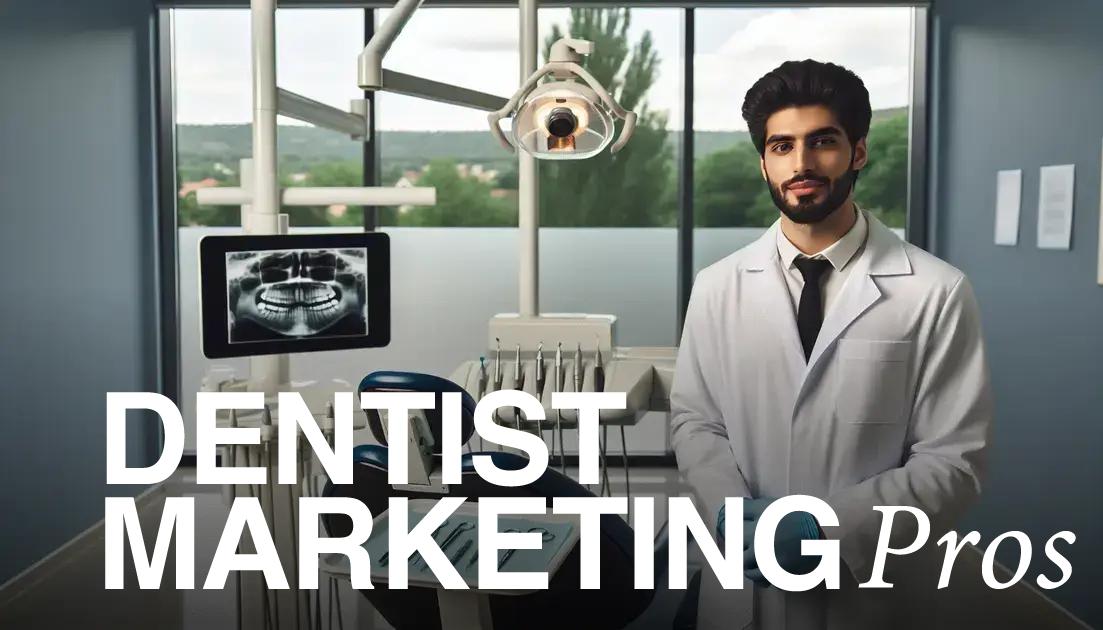Google Ads for dentists, therefore, enhances your practice’s visibility by targeting specific demographics and locations through strategic keyword selection and refined ad placement. As a result, your services reach potential patients effectively and maximize return on investment.
Moreover, Google Ads for dentists can significantly influence the growth of your dental practice if done right. Ever wondered how targeted ads could change your patient intake and practice visibility? With some engaging strategies and insights, you could indeed be on your way to attracting more smiles.
Understanding Google Ads and Its Impact
To begin with, Google Ads is an online advertising platform that enables businesses to display ads on Google’s search engine results pages. Consequently, this tool can dramatically increase your dental practice’s visibility. By strategically using Google Ads, dentists can target specific demographics and geographic locations, thereby ensuring their ads reach potential clients who are actively searching for dental services.
Additionally, understanding how bidding works is crucial. Google Ads operates on a pay-per-click (PPC) model, meaning you only pay when someone clicks on your ad. The amount you bid, along with the quality and relevance of your ad, ultimately determines its position in the search results. Generally, higher bids and better ad quality lead to better placement.
The Role of Keywords
Undoubtedly, keywords play a central role in Google Ads. Selecting the right keywords—words or phrases potential patients are likely to use when searching for a dentist—ensures your ads appear at relevant times. Furthermore, tools like Google’s Keyword Planner can help in discovering effective keywords.
In addition, tracking the impact of Google Ads is essential to optimizing performance. Utilize Google’s analytics tools to monitor how many people see your ads, how many click on them, and ultimately, how many take action, like booking an appointment. This data, in turn, allows you to adjust your campaigns for maximum effectiveness.
How to Set Up Your First Google Ads Campaign
Setting up your first Google Ads campaign involves several important steps. Initially, start by creating a Google Ads account and setting your initial budget. This budget dictates how much you’re willing to spend on your ad campaign daily. Therefore, be sure to choose a budget that aligns with your advertising goals.
Next, select the right campaign type. For dentists, a search campaign can be particularly effective, allowing your ads to appear on Google’s search results pages. Likewise, you can further refine your campaign by targeting specific locations. Ensure your ads only show to users in your service area, which, consequently, helps maximize the impact of your budget.
Keyword Selection and Ad Creation
Similarly, choosing relevant keywords is critical. Think about the terms potential patients might use to find a dentist. After selecting the keywords, then create compelling ad copy that includes a clear call to action. Encourage potential patients to click on your ad with phrases like “Book your appointment today” or “Schedule a visit.”
Once your ads are live, it’s vital to monitor their performance regularly. Notably, Google Ads provides analytics tools that help you track clicks, impressions, and conversions. Subsequently, use this data to adjust your campaign for better results, such as tweaking your ad copy or adjusting your keywords.
Targeting strategies specific for dental practices

For dental practices, implementing targeted strategies can substantially enhance the effectiveness of your Google Ads campaigns. Begin by defining your audience. Focus on demographic details such as age, gender, and family status to tailor your ads to the right group. Understanding your potential patients’ needs helps in crafting relevant messaging.
Utilize geographical targeting to reach clients in your immediate area. Most dental visits come from local customers, making it crucial to ensure your ads appear to users within a specific radius around your practice. This approach maximizes your ad spend by drawing attention from those most likely to book an appointment.
Using Negative Keywords
Another effective strategy is incorporating negative keywords into your campaign. These are terms you do not want your ads to appear for, such as “dental hygiene school” if you do not offer educational services. This helps refine your target audience, ensuring your ads are viewed by those searching for dental services you provide.
Leverage remarketing techniques to reconnect with past visitors to your website. By showing targeted ads to users who have already expressed interest, you increase the chance of converting them into actual patients. Custom ads or offers can entice them to choose your services.
Measuring and optimizing your ad performance
To ensure your Google Ads campaigns succeed, it is vital to focus on measuring and optimizing your ad performance. Begin by utilizing Google Analytics and conversion tracking to gather data on your campaigns. These tools provide insights into key metrics like click-through rates (CTR), conversion rates, and cost per acquisition (CPA).
Regularly analyze this data to identify areas for improvement. Look for patterns in user behavior and determine which keywords and ads are performing best. A/B testing different ad copies can offer insights into what captures your audience’s attention most effectively.
Adjusting Bids and Budgets
An essential aspect of optimization is adjusting your bids and budgets based on performance data. If certain keywords are driving more traffic and conversions, consider increasing your bid on them. Conversely, if some ads aren’t performing well, either adjust their content or reallocate the budget to better-performing ads.
Keep an eye on your Quality Score, which affects your ad rankings and costs. Improving the relevance and quality of your ads and landing pages can boost this score, potentially lowering costs and increasing visibility.
Wrapping Up: Leveraging Google Ads for Your Dental Practice
Implementing Google Ads effectively can transform your dental practice, helping you attract more patients and boost visibility. By understanding the platform, creating targeted campaigns, and continuously optimizing your ads, you can achieve significant growth.
Remember, the key is ongoing analysis and adjustment. Regularly review your ad performance to make informed decisions. This way, your practice can maximize its online advertising potential and meet its growth goals.
Embrace these strategies, and you’re on your way to turning more ad clicks into dental appointments. Harnessing the power of digital marketing can open new patient connections and expand your practice like never before.
FAQ – Frequently Asked Questions about Google Ads for Dentists
What is Google Ads and how can it benefit my dental practice?
Google Ads is an online advertising platform that helps increase your practice’s visibility by targeting specific audiences actively searching for dental services.
How do I select the right keywords for my Google Ads campaign?
Use Google’s Keyword Planner to find terms potential patients might use to find dental services, focusing on relevance to increase the chances of ad clicks.
How often should I review my Google Ads performance?
Regularly review your ad performance, ideally weekly, to make timely adjustments to bids, keywords, and ad copy for optimal results.
What is the importance of using negative keywords?
Negative keywords prevent your ads from showing in irrelevant searches, saving budget and ensuring your ads reach the right audience.
How can I measure the success of my ad campaigns?
Utilize Google Analytics and conversion tracking to measure success through metrics like click-through rates, conversion rates, and cost per acquisition.
Can I target potential patients in a specific location?
Yes, Google Ads allows you to target specific geographic areas, ensuring that your ads reach users most likely to visit your practice.








